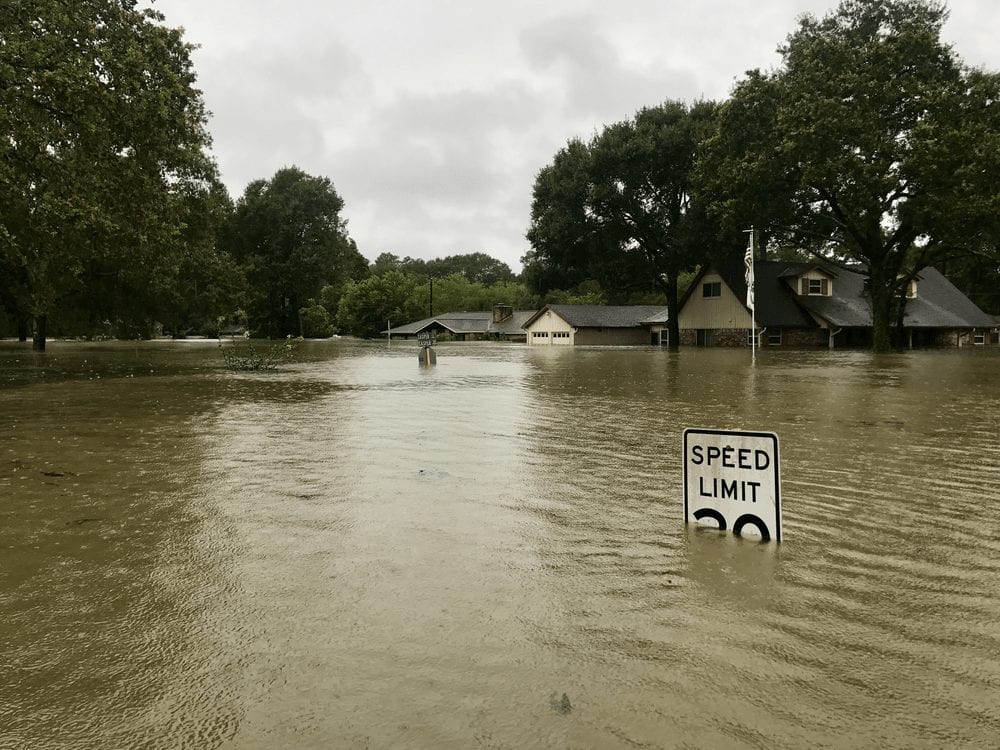Social Media is Changing How Local Governments Manage Natural Disaster
.png)
Zencity
The Platform for Community Trust
Most people think of summer as a time to kick back, relax, and head to the beach. Well, that’s true for the most part, but for some parts of the country, summer also signifies the start of unpredictable weather. Whether it’s hurricanes along the East Coast and the Gulf Coast states, or tornados in the Great Plains, wild summer weather can cause some serious damage and problems for a city, especially in light of the changes and increased severity of weather patterns due to climate change. So what role can social media play in managing what Mother Nature throws at a city or county?
Planning for the Worst
Cities and counties, especially those prone to difficult weather conditions, usually have emergency plans in place which may include defining primary first responders, shelters, and evacuation strategies. They will also try to reach out to as many citizens as possible, especially in anticipation of a serious weather event, through traditional channels such as the press, TV, and radio, while also utilizing digital channels like the city/county website and, in more recent years, social media.
Who Ya Gonna Tweet?
Social media, in particular, has become a far more relevant communication platform for cities to reach out to residents. It contains a wealth of information that can assist cities to better understand what’s happening and what their residents think in real-time. It’s this accessibility and the extensive widespread consumption of social media that makes it invaluable, particularly in times of crisis, whether it’s man-made, or when Mother Nature unleashes her fury. Below are some of the top reasons that social media is a powerful tool for managing what’s happening with residents during a natural disaster:
- You can get in touch with many residents easily and quickly so that you can share important information. The more data channels you can share information on, the higher the probability you will be able to reach different communities, age groups, etc. The result will be that more residents will have the information they need, and the safer they’ll be. You can see how this has been applied during some of the major hurricanes of the past decade. Whether it was hurricanes Irene, Sandy, or Harvey, social media enabled local government and emergency services to provide important information and assistance to residents, especially when traditional communication options like 911 were not accessible.
- Residents can share information more easily via social media, and at the same time, through social media, they can communicate back with you. This kind of communication – more than just info sharing, can give a local government agency dealing with a crisis insight into what residents are experiencing, what they need, and even if misinformation is circulating. Artificial Intelligence and tech can help you then take this avalanche of social media data and online communication that happens in times of crisis and quickly process it so you can use it to respond more effectively and in real time to your residents’ needs during and after a weather event. For example, the City of Dayton informed residents that they needed to boil water after a tornado struck the municipality earlier this year, as well as provided residents with other important updates through the City’s various social media channels.
- Finally, you can leverage this data to be able to make data-driven decisions to provide urgent services such as where to deploy help and how to organize the community, as well as leverage the power of your residents. When Hurricane Harvey struck Houston, local resident Matthew Hager was able to gather a group of coders to create a site and apps that were adopted and promoted by the City as a means to help residents. The impromptu project was so successful, it was adopted by Florida as well.
When in Rome
Though social media as a tool for cities and counties has only been adopted more heavily in the last few years, it has proven itself as an effective tool during times of crisis beyond traditional mediums of communication. Local governments have learned to adapt to the technology revolution that has become the day-to-day norm for most people, especially when the majority of the population uses social media. As a result, it only makes sense that technologies like social media have become important tools when managing what surprises Mother Nature may bring to local government and residents alike.
%20copy-1.png?width=544&height=120&name=Logo_black%20(1)%20copy-1.png)



